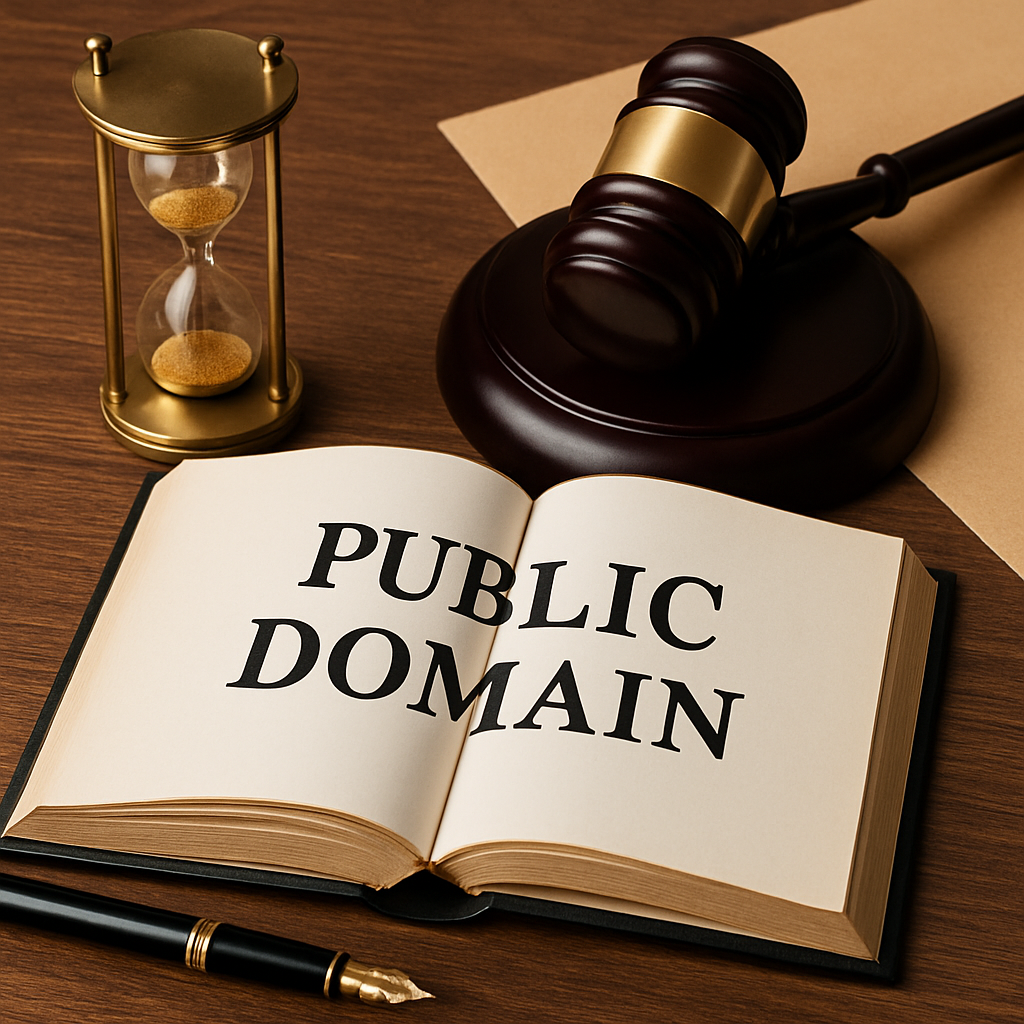Copy That, Part 4 – Copyright Duration and the Public Domain
 Nothing lasts forever—not even copyright.
Nothing lasts forever—not even copyright.
In Australia, copyright protection is generous, but it isn’t permanent. Once it expires, the work enters the public domain, where anyone can use it freely without permission or payment. For creators, this means a valuable asset eventually becomes a shared cultural resource. For users, it’s an open invitation to repurpose, remix, and reimagine.
How long does copyright last?
It depends on the type of work:
-
Literary, dramatic, musical, and artistic works: Life of the creator plus 70 years.
-
Films and sound recordings: Generally 70 years from the year of first publication.
-
Broadcasts: 50 years from the year of broadcast.
-
Published editions: 25 years from first publication (protects the typographical arrangement, not the content).
Why the long tail?
The “life + 70 years” rule aligns Australia with most of its major trading partners. The idea is that copyright rewards creators and their estates for decades after creation—often long enough to benefit children and grandchildren—while ensuring that, eventually, the work joins the public’s shared heritage.
The public domain: free, but not always simple
When a work falls into the public domain, you can:
-
Copy, adapt, and distribute it without permission
-
Use it in new creations (films, books, merchandise, etc.)
-
Monetise it without paying royalties
But be careful:
-
New editions, translations, or adaptations of a public domain work can have their own copyright.
-
Moral rights still apply—meaning you may still need to credit the original creator or avoid derogatory treatment.
-
Other rights (like trade marks or cultural heritage protections) can limit how you use older works.
IP Mojo tip: double-check before you dive in
Don’t assume a work is in the public domain just because it’s “old” or freely available online. Confirm the date of creation and publication, and check whether there have been later editions or modifications that might still be protected.
Please note images you find in Google Images or that pop up in your searches irrespective of the search engine you use, are generally not in the public domain and may well be protected by copyright. That should be your assumption until proven otherwise – don’t assume it’s public domain … find out first!
Next up in our Copy That series:
Part 5 – Exceptions and Limitations: Fair Dealing in Australia
Because yes, there are times you can use someone else’s work without asking first—but they’re narrower than you might think.